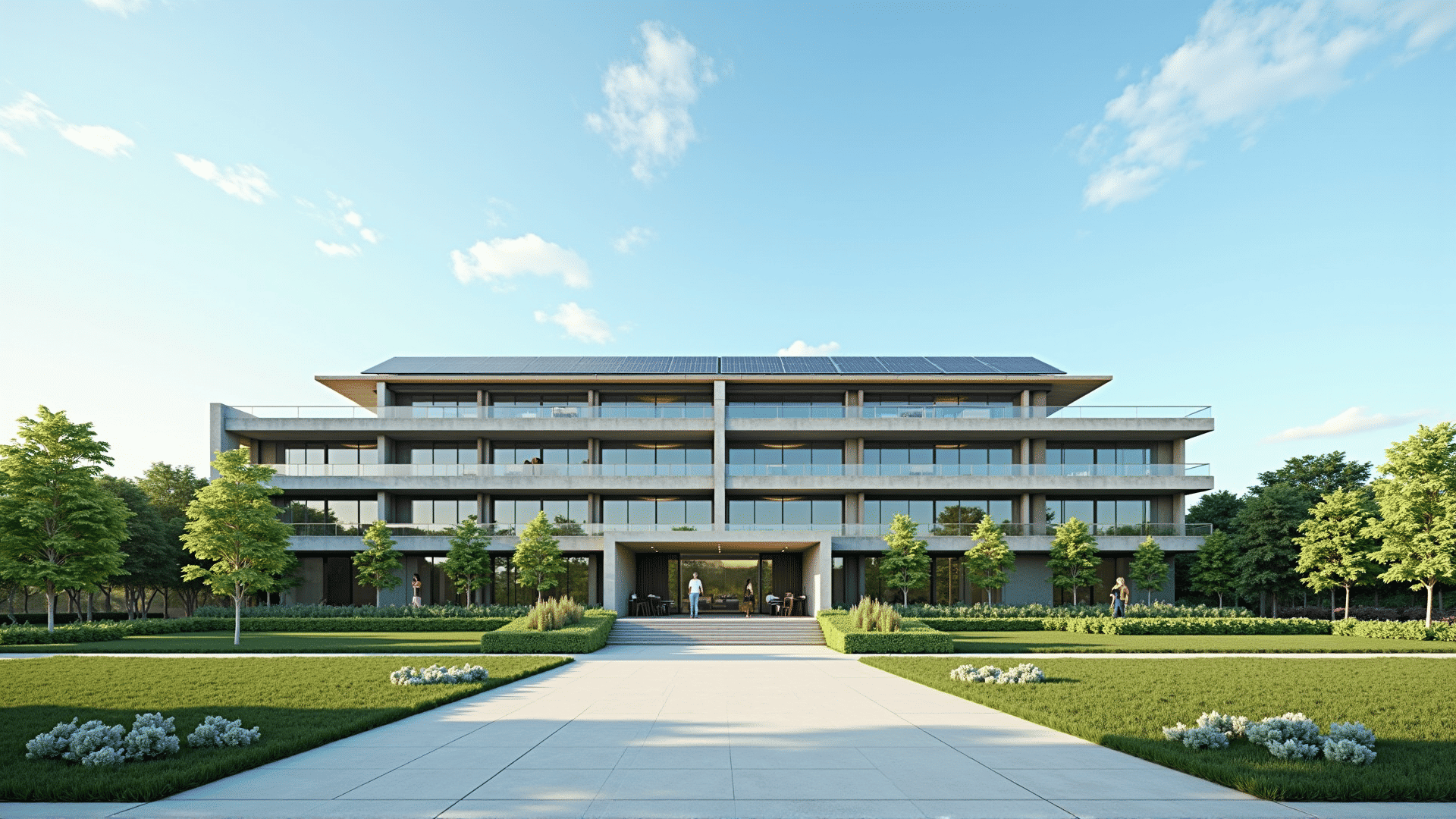In recent years, the construction industry has undergone a significant transformation, driven by the imperative need to align with eco-friendly goals and reduce carbon footprints. This shift towards sustainable building practices is not merely a trend but a critical response to the impending challenges posed by climate change and resource depletion. As urbanization accelerates and populations grow, the demand for sustainable development has never been more pressing.
One of the key elements of sustainable building is the use of environmentally friendly materials. These materials are often sourced locally to minimize the carbon footprint associated with transportation. Additionally, they are selected for their low environmental impact during both production and disposal phases. For example, bamboo, a rapidly renewable resource, is increasingly used as a viable alternative to traditional timber. Recycled materials, such as reclaimed wood or recycled steel, are also gaining popularity as they reduce waste and the need for new raw materials.
Energy efficiency is another cornerstone of sustainable construction. By integrating advanced technologies, such as solar panels, energy-efficient HVAC systems, and smart lighting, buildings can drastically reduce their energy consumption. Passive design strategies, which leverage natural sunlight and ventilation to maintain comfortable indoor environments, are also critical for decreasing reliance on artificial heating and cooling systems. Moreover, the inclusion of green roofs and living walls not only enhances insulation but also contributes to urban biodiversity by providing habitats for various species.
Water conservation is intricately woven into sustainable building practices. Implementing rainwater harvesting systems and efficient water fixtures drastically reduces water usage. Moreover, greywater recycling systems can be installed to reuse water for non-potable purposes, such as landscape irrigation and toilet flushing, thereby reducing the overall demand on municipal water supplies.
Waste reduction is equally important as resource conservation. Sustainable building practices emphasize the reduction of construction waste through meticulous planning and prefabrication techniques. By designing components off-site and transporting them for assembly on-site, construction companies can greatly diminish the volume of waste produced. Furthermore, this method often results in shorter construction times and improved building quality.
An often-overlooked aspect of sustainable building is the focus on the health and well-being of occupants. Indoor environmental quality is greatly enhanced through the use of non-toxic materials, which minimize off-gassing and improve indoor air quality. Natural light and access to green spaces have been shown to boost mental and physical well-being, making them a priority in sustainable building design.
Finally, the concept of a building’s life cycle is central to sustainable practices. This involves considering the long-term environmental impact of a building, from construction through to demolition. By focusing on durability, adaptability, and the potential for renovation rather than demolition, buildings can remain useful for longer, reducing their overall environmental footprint.
The transition towards sustainable building practices requires a collaborative effort among architects, engineers, policymakers, and the construction industry. Governments play a crucial role by setting stringent regulations and providing incentives for eco-friendly construction methods. Education and awareness are essential to driving public demand and acceptance of sustainable buildings.
In conclusion, sustainable building practices are leading the charge in transforming the construction industry into one that is less harmful to the planet. By adopting environmentally-friendly materials, energy-efficient technologies, water conservation measures, and waste reduction strategies, the construction sector can play a pivotal role in mitigating environmental damage while enhancing the quality of life for occupants and preserving the planet for future generations.
